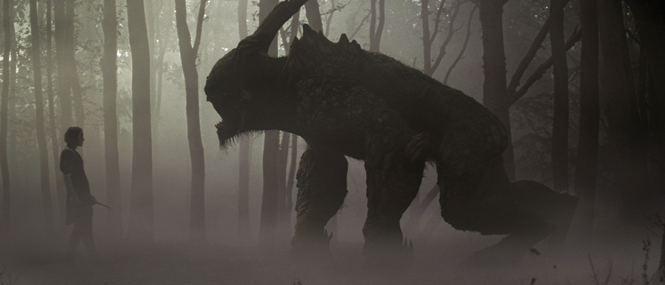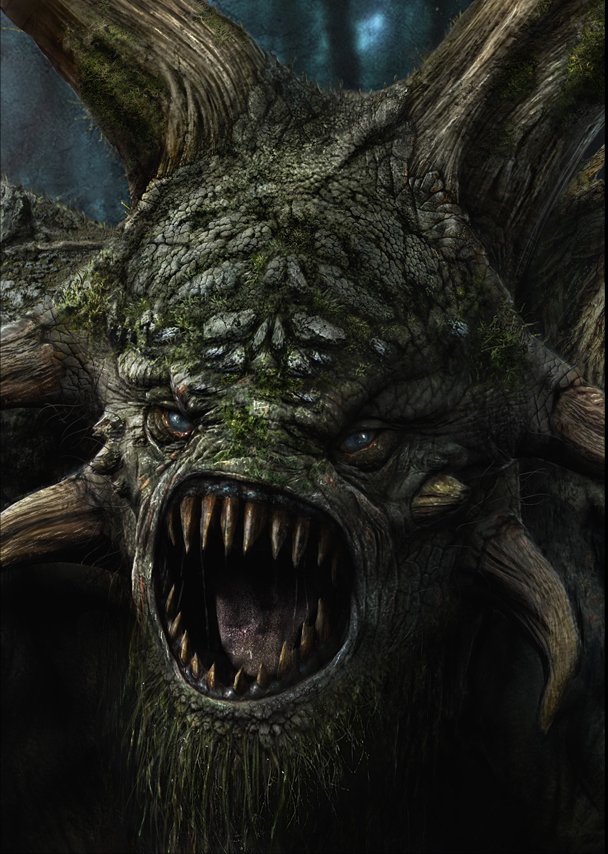Trulladon
Basic Information
Anatomy
Genetics and Reproduction
Growth Rate & Stages
Ecology and Habitats
Dietary Needs and Habits
Biological Cycle
Additional Information
Social Structure
Uses, Products & Exploitation
Geographic Origin and Distribution
Average Intelligence
Perception and Sensory Capabilities
Symbiotic and Parasitic organisms
Civilization and Culture
Common Myths and Legends
Trulladon
Symbiotic Camouflage: the trulladon has advantage on Dexterity (Stealth) checks while it remains motionless in its den. Regeneration: The trulladon regains 10 hit points at the start of its turn. If the trulladon takes acid, poison, or fire damage, it regains only 5 hit points at the start of its next turn. The trulladon dies only if it is hit by an attack that deals 10 or more acid, poison, or fire damage while the trulladon has 0 hit points.
Actions
Multiattack: the trulladon makes three attacks: one with its bite and two with its claws. Bite: Melee Weapon Attack: +10 to hit, reach 10 ft., one target. Hit: 9 1d8+5 piercing damage. Claws: Melee Weapon Attack: +10 to hit, reach 10 ft., one target. Hit: 15 3d6+5 slashing damage.
Trulladons , sometimes called bridge trolls or elder trolls, are a species of monstrous, semi-sentient creatures descended from giants. They are most closely related to the common troll but lack the ravenous hunger and mutative limb autotomy that make trolls so culturally pervasive and reviled. Trulladons can grow to absolutely enormous sizes and have an exceptionally slow metabolism, allowing them to seemingly merge with the landscape during periods of hibernation. Overtime, a trulladon's hide accumulates soil and flora that grows on the creature's body, protects it from the elements, and provides it with nutrients. This gives trulladons a highly attuned sense of their environment, with some reports claiming that trulladons can detect changes in the pH level of the soil, the ratio of carbon dioxide to oxygen in the air, and the onset of drought or flooding in the region. To protect their external microbiomes from erosive conditions, trulladons have a strong affinity for resting in damp hollows and river beds. This causes many of them to seek out the bases of mortal structures, particularly bridges or aqueducts. Many legends of trulladons "guarding" dilapidated bridges appear in mythologies across Holos. In reality, trulladons are quite peaceful and only become aggressive if they feel threatened or if their environment has been damaged in someway.
Trulladons seek out damp areas and are most commonly found in swamps, temperate to tropical woodlands and rainforests, and other wetland environments. They avoid mortals and are often hunted for their blood, which is believed to have healing or regenerative properties like that of the common troll.




Comments